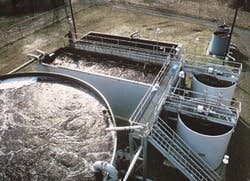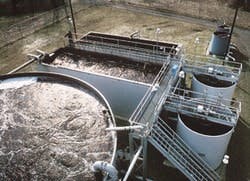Siemens to Supply Wastewater Treatment Systems to Sinopec Jiujiang
Siemens Energy has received an order from Sinopec Jiujiang Petrochemical Company to supply a refinery wastewater treatment system that includes PACT biological treatment, Wet Air Regeneration (WAR) and a Hydro-Clear filter system, and a Zimpro wet air oxidation (WAO) system for spent caustic treatment. These systems are key components in Jiujiang Petrochemical's upgrade to meet the new national discharge standards for wastewater and for water re-use. The Jiujiang refinery is located in the Jiangxi province of China. Start-up is targeted for the end of 2014.
The WAR unit simultaneously regenerates the spent carbon and destroys the associated biological solids with a regenerated carbon recovery rate of up to 95 percent, helping to avoid expensive sludge dewatering and disposal. The Zimpro WAO system will be used to destroy reactive sulfides in the refinery spent caustic, and to break down complex phenolic compounds prior to final wastewater polishing in the PACT system.
For more information, visit www.siemens.com.

